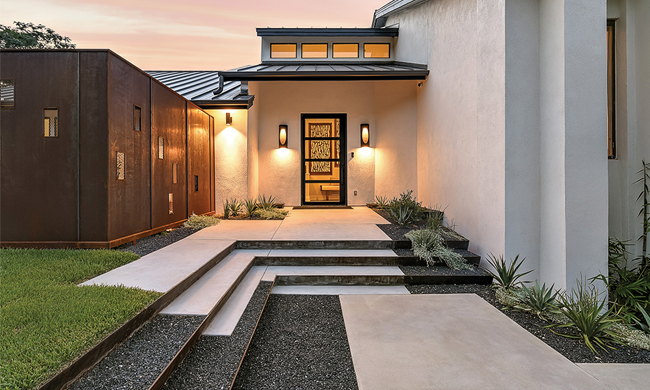Energy-Efficient Ideas to Upgrade Your Home

Energy bills are likely among the largest expenses for homeowners, but you can take action to lower those costs. During a remodel, a certified contractor can help you make smart decisions when it comes to selecting appliances, windows and insulation for your projects.
Though upgrades made with efficiency in mind can vary depending on the climate you live in, the biggest energy users are typically the heating, ventilation and air-conditioning systems and water heater, all of which make up about 60% of a typical home’s energy budget.
Learn how you can reduce your home’s energy reliance and environmental impact with these tips from the experts at the National Association of the Remodeling Industry:
 Heating and Cooling
Heating and Cooling
Climate control is one of the largest home energy users. A programmable thermostat is a simple starting point and can save up to one-third of heating and cooling costs. Cutting-edge models can even learn your family’s behaviors and tweak usage for maximum savings. Additional ways to save energy include sealing leaky ducts, cleaning or changing air filters regularly and replacing your furnace or air conditioner with an energy-efficient model, particularly if your heating and cooling systems are more than 15 years old.
Insulation
Studies show that only 20% of homes built before 1980 were well-insulated. Depending on when your home was built, adding insulation in the attic and walls can be one of the fastest and most cost-effective ways to reduce energy waste. Not only does better insulation reduce energy loss and improve comfort, it’s an upgrade that generally adds to the value of your home with an estimated 95% return on your investment.
Windows
High-performance windows not only lower heating and cooling bills, they also reduce heat gain during warmer months and add a layer of insulation when you need to keep the heat inside. Triple-pane, Low-E insulated frame windows can save 33% of the heating cost for a typical home in cooler climates, and in hotter environments, double-pane, low solar-gain windows can reduce cooling costs by up to 32%.
Lighting
The average house dedicates 5-10% of its energy budget to lighting. To cut your use, switch to LED lights, turn off unneeded lights and, where possible, use natural light. Other measures, like relying on task lights and installing motion detectors, can help further limit your lighting-related energy usage.
Appliances
The refrigerator is a major energy drain, accounting for up to 15% of the energy bill in some homes, particularly models that are 15 years old or older. Design plays a major role in a refrigerator’s efficiency; it needs adequate air flow for optimal function. Be realistic about your needs and only buy as big a unit as you require. Be aware that icemakers and dispensers not only add to the up-front cost, they’re also less efficient. As with any appliance, shop for a model that offers as many energy-saving features as you can afford.
Landscaping
Trees positioned to reduce summer sun and winter wind can reduce a household’s energy use by 25% or more. In summer, trees can lower air temperature as much as 9 F through shading and evapotranspiration. In winter, a well-designed landscape can cut heating bills by about one-third.
Find more tips for creating a more energy-efficient home at remodelingdoneright.com. (Family Features)
Susan Brewer Service First Real Estate (636)936-8600
Published on 2020-02-24 17:27:06

